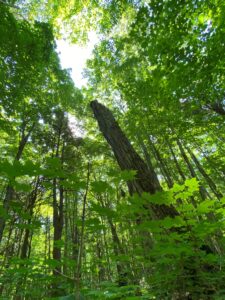Have you ever thought about getting paid to help protect and manage our forests? Finding your path to becoming a forester with wildland firefighting responsibilities starts with loving the outdoors and, of course, TREES! If this field interests you, it’s never too early to start planning your career.
Besides knowing about trees and forestry practices, you need to learn about other parts of the forest ecosystem. We wouldn’t have trees without soil, so some foresters study soil science. And we wouldn’t have soil without rocks and wind and rain and ice, so some study geology and meteorology. And we wouldn’t have big bucks if it weren’t for properly managed forests, so knowing about birds, insects and all kinds of animals is also important for foresters.
Continue reading “Forests And Fire: If You Love The Outdoors, This Is The Career For You!”

